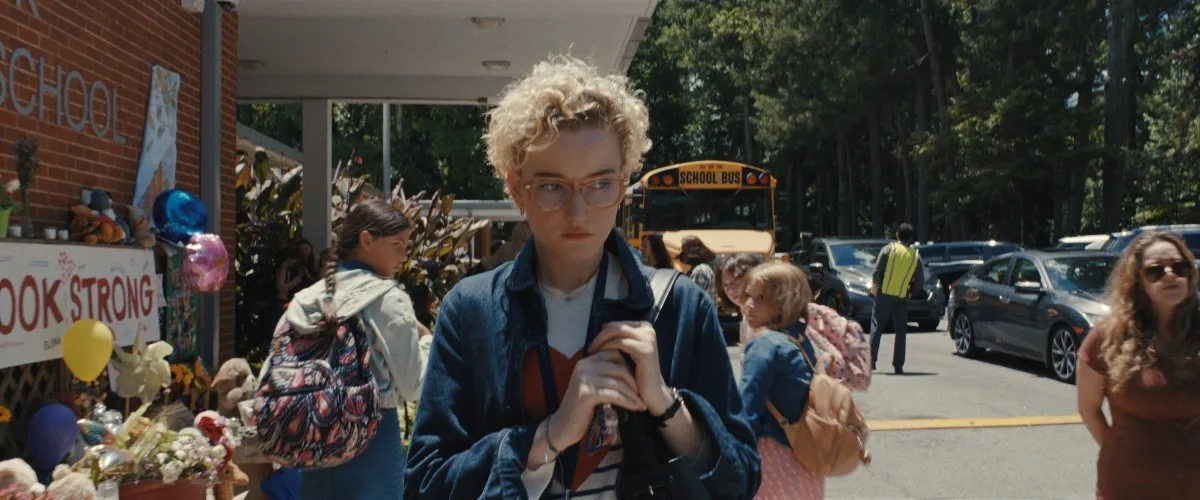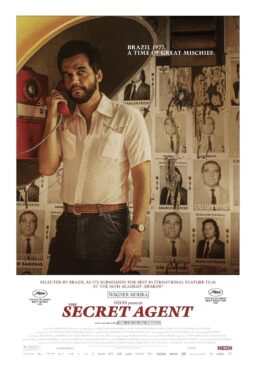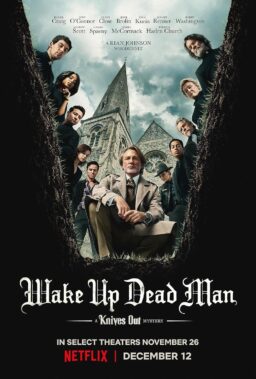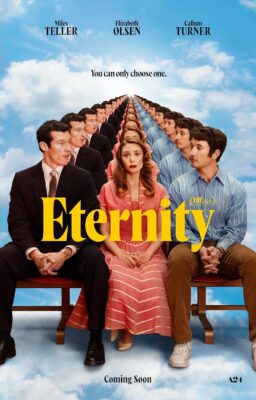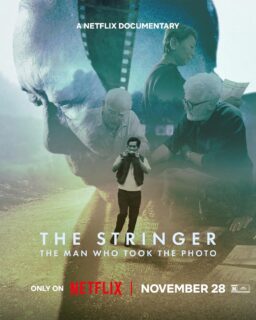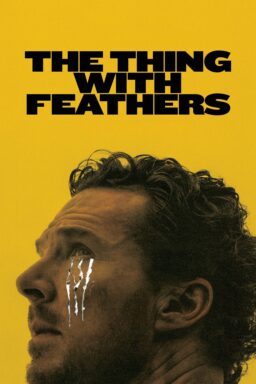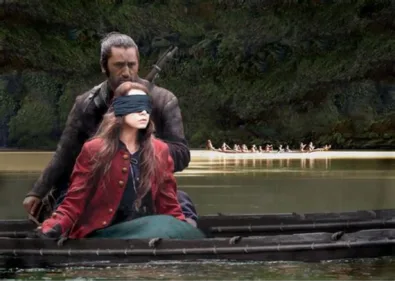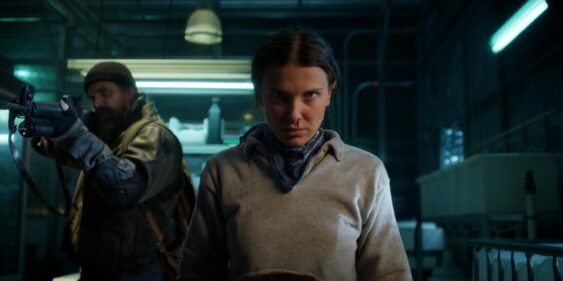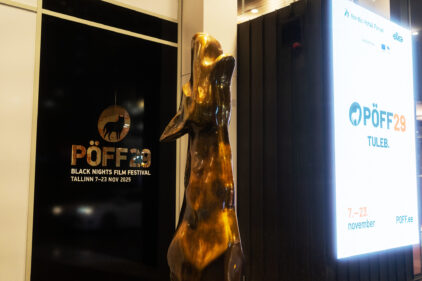Zach Cregger’s “Barbarian” was a clever little horror hit, a movie that took a terrifyingly relatable concept—a double-booked Airbnb—and then spun it in unpredictable directions. His superior follow-up, “Weapons,” works from a similar blueprint: starting with a simple yet bone-chilling pitch and then going bonkers with it. It’s not every day that a film reminds you of Paul Thomas Anderson’s “Magnolia” and George A. Romero’s “The Crazies.” But Zach Cregger doesn’t make everyday movies.
One of the greatest strengths of Cregger’s ambitious script is its abject refusal to connect every dot in the manner that so much “elevated horror” has done in recent years. Still, it’s not overly difficult to read the inciting incident of “Weapons” as a school shooting allegory. “One night, 17 parents put their kids to bed for the last time” could be the first line of an article about one of those tragic events. However, the tragedy that gives “Weapons” its foundation isn’t as depressingly commonplace as a loner with access to dad’s gun cabinet. In this case, 17 children got out of bed at 2:17 a.m. and ran into the night, their arms slightly outstretched, like toddlers playing “Airplane.” It’s a chilling image, one that tears a neighborhood apart, revealing the rage and horror behind the picket fences. (Yes, one could pretty easily read it as a COVID allegory too, but, again, Cregger blessedly refuses to highlight and underline themes as much as his peers.)
The great Julia Garner plays Justine Gandy, the teacher who comes into school the next morning to find her entire classroom absent. Well, not entirely. One child, a quiet kid named Alex (Cary Christopher), didn’t leave his house that night. Why? What made him special? Instead of going down that investigative avenue to its end, the town chooses to weaponize its hatred for Gandy herself, labeling her a witch. She must have done something. Or she must know something. How could she not?
Cregger divides his story into character-driven chapters, giving it a more ensemble feel than if the narrative had moved in a straight line. So, after learning about Justine’s traumatic existence, which sets a tone for the film with an excellently prickly performance from the “Ozark” Emmy winner, we jump back in time to learn more about Archer Graff (Josh Brolin), the devastated father of one of the missing children. Some of the events from Justine’s story converge with Archer’s, allowing us to see them in a different light. Some will surely argue that this sort of narrative gamesmanship is a shallow trick, but I see it as a feature, not a bug. It’s a film driven by competing narratives and hidden secrets. It’s a movie about what’s in your neighbor’s basement or something deadly in a criminal’s pocket, something waiting to jump out and hurt you. And so, the structural chicanery serves as the foundation for thematic undercurrents, rather than just a showy choice. It amplifies how a divided response to tragedy can only lead to greater trauma.
After the terrorized teacher and forlorn father, “Weapons” pivots to fill in the arcs of a cop named Paul (Alden Ehrenreich), a junkie named James (Austin Abrams), and a school principal named Marcus (Benedict Wong). All three performers are strong, bringing their own energy to the piece. Again, telling this story from point A to point B might have made for a decent horror flick, but the “Pulp Fiction” approach keeps audiences on their toes, reinterpreting information from previous segments as we see different POVs. It also allows the cast to shine in ways that a traditional script wouldn’t, as we get to spend more time with Garner’s indignation, Brolin’s heartbreak, and even Ehrenreich’s messy existence. The “Solo” star works as a guy trying to fight enough demons in his life, including alcoholism and the fact that he’s cheating on his partner with Justine, so he doesn’t need any more weird shit. He’s already exhausted.
Cregger’s ensemble is only one strength of “Weapons.” Arguably even more effective (and likely to be underrated) are the craft contributions from cinematographer Larkin Seiple and editor Joe Murphy. Seiple, who shot “Everything Everywhere All at Once,” is consistently playful in a way that doesn’t distract from the storytelling. He’s often putting his camera in the middle of the action, whether it’s on a slamming car door, over the shoulder of someone running, or on a body being thrown to the ground. Working with Murphy and Cregger, they give “Weapons” a visual language that’s essential to the film’s success, avoiding so many of the overcooked visual tricks and somber technical choices that could have sunk the entire production.
On that note, “Weapons” is surprisingly quite funny. Cregger recognizes that people on a journey as impossible as this one would respond with a “WTF” every now and then, allowing his cast to feel more like actual people instead of mouthpieces. Don’t worry if you’re only in it for the scares. He doesn’t skimp in that department either, especially in the deeply unsettling final chapter, one that got me squirming more than a lot of recent horror flicks. In the end, he wants to take you on a ride, and so he’s got to provide both hills and valleys, producing a horror film that’s equally hilarious and chilling. If you read something about the anger bubbling under the surface of this country in 2025, that’s great. If you just put your hands up and laugh your way through the rollercoaster, that’s great too. Strap in.

